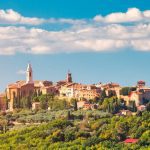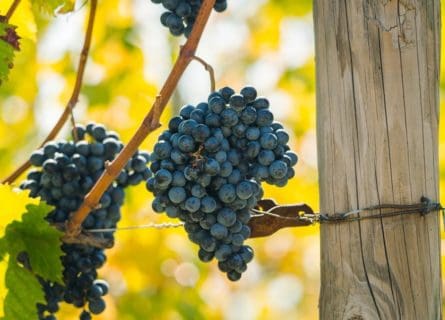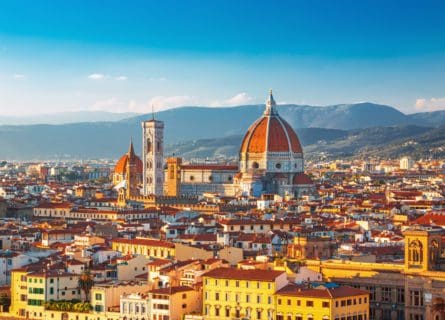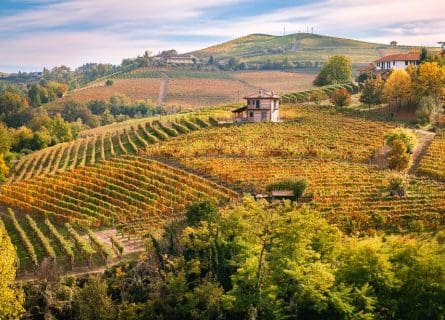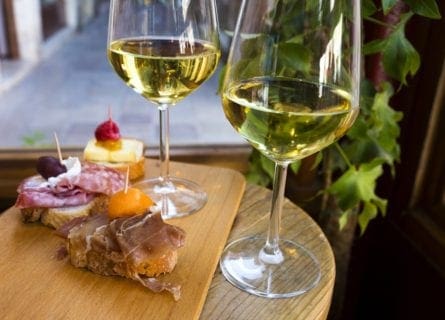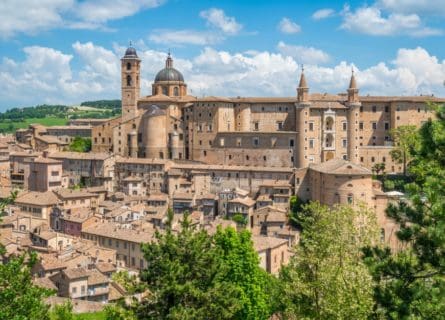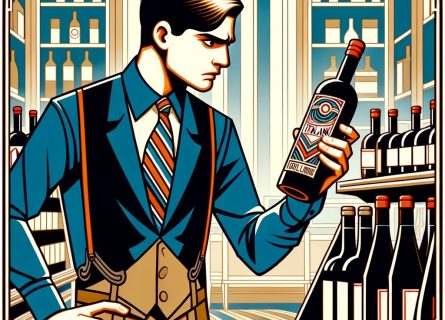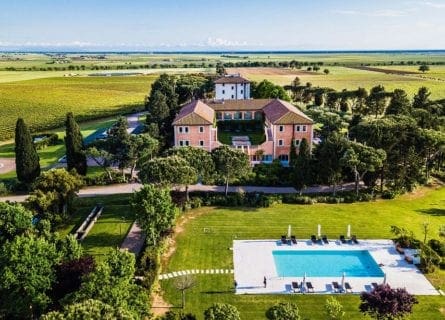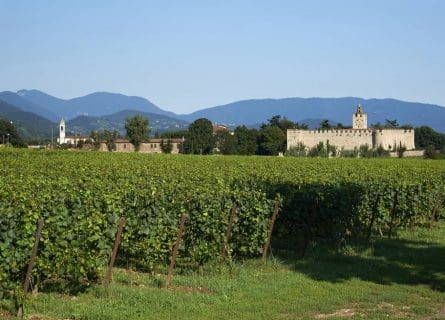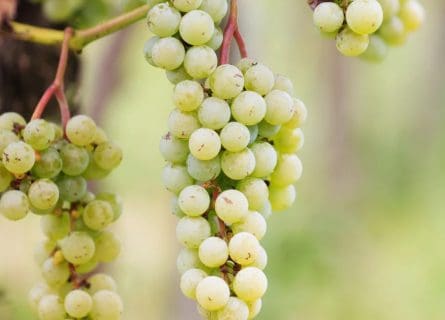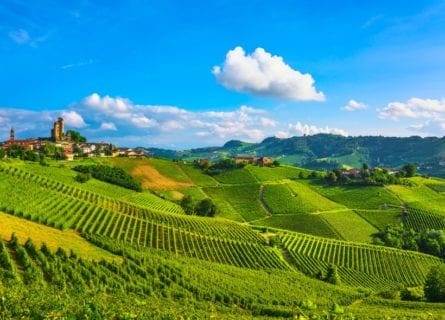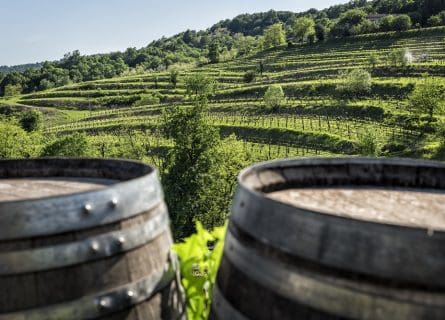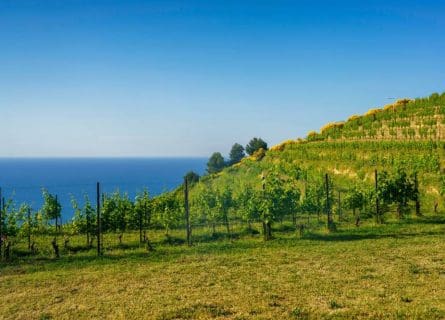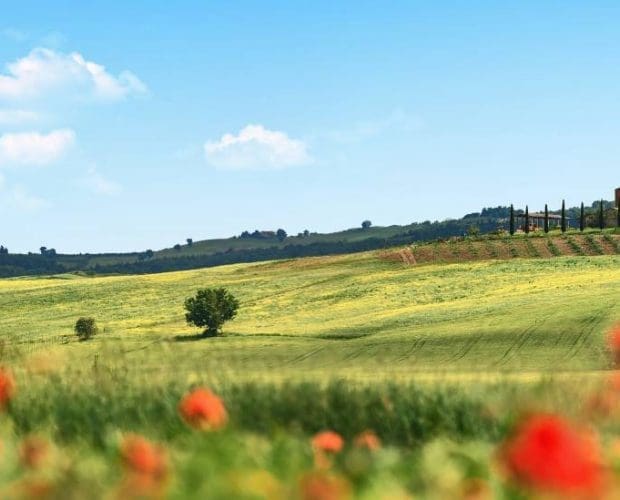
Montalcino Travel Guide
Where History, Wine, and Medieval Charm Converge. Explore the Heart of Tuscany's Vineyards.
One of the loveliest little wine villages in Italy, Montalcino is a fabulous place to visit during your tour of Tuscany’s vineyards, as it is home to the famed Brunello di Montalcino wine. The hill-topped village of Montalcino has existed since the time of the Ancient Etruscans, and the nearby Sant Antimo monastery was founded in the 8th century! The monastery constructed an ancient road called the Via Francigena, a principal road between Florence, Rome, and France. The medieval walls were erected in the 13th century by architects from Siena. Montalcino was under Sienese control from the 13th to 16th centuries and then ruled by the powerful Duchy of Florence until Italy became a united country in 1861. Wine has been made here for millennia, and commercial wine production records date back to the 1400s.
The village we see today contains many reminders of medieval times, including the impressive 14th-century Fortress, the ancient Basilica, a lovely Romanesque chapel, the tower of San Giovanni, and many narrow cobblestone alleyways. Olive groves and vineyards surround the hamlet, and from the top of the village, you have great views over the whole Orcia Valley, with its rolling hills and cypress-lined country roads. The main square, the Piazza del Popolo, is located down the hill from the 14th century Duomo and the Fortress and is an excellent place for having a coffee and Italian pastry, or even better, a nice glass of Brunello. The “Centro Storico” (historic heart) is full of small gems like the Palazzo Comunale with its elegant coat of arms and the Renaissance “Loggia.”
Like many medieval towns in Italy, especially Tuscany, there are many town festivities and events. Some colorful ones include the “Sagra del Tordo” (the last weekend of October, the Festival of the Thrush is the most important festival in Montalcino and is quite spectacular, with neighborhoods battling each other in medieval traditions like archery). The “Torneo d´ Apertura Delle Cacce (2nd weekend in August, this is a medieval festival that celebrates the opening of the hunt with archery tournaments and plenty of eating, drinking, and dancing). And then, for wine lovers, the “Benvenuto Brunello” is a must (the third weekend of February marks the release of new Brunellos to the market).
-
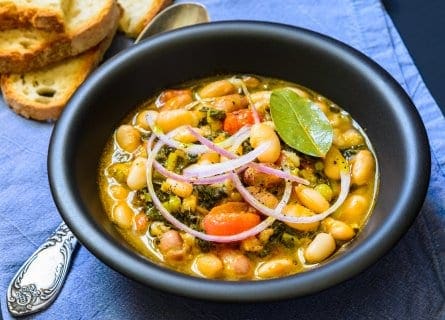
Typical Tuscan soup w/ vegetables, cannellini beans, cavolo nero, bread Gastronomy & Wine
The cuisine of Montalcino is similar to other Tuscan villages in that it is heavy on wild boar, hare (a delicious dish is Pappardelle Alla Lepre), Bruschetta, Cannellini beans, grilled sausages, homemade pasta (such as “Pinci” and Gnocchi with sage), pheasant in grape sauce, roast guinea hen. Brunello di Montalcino wine has the status of DOCG, the highest quality possible in Italian wine law. The wine is made with a variety of the Sangiovese grape (like Chianti), called “Sangiovese Grosso”· and “Brunello,” and when at its best, is a big luscious wine. Brunello di Montalcino DOCG is released to the market after 48 months of aging, and many such producers also produce the younger Rosso di Montalcino DOC, a lighter version. Top Brunello producers include Poggio Antico, Casanova di Neri, Argiano, Altesino, Mastrojanni, Banfi, and Biondi Santi.
A Guide to the Gastronomy and Cuisine of Tuscany: Read more
Nearby Wine Regions
-
 Tuscany's 3,000-year wine history has evolved from local secret to global fame, boasting renowned Sangiovese reds and complex Chardonnays. Read more
Tuscany's 3,000-year wine history has evolved from local secret to global fame, boasting renowned Sangiovese reds and complex Chardonnays. Read more
Highlights
-
La Fortezza
The 14th-century defense castle in Montalcino is of fairy tale quality and almost entirely intact. You can see the ancient walls and towers and the basilica, and inside the castle, a fabulous little wine shop where you can taste and buy the best wines from the region including Brunello, of course.
-
Sant Antimo Abbey
About 6 miles from Montalcino, you will find this incredible Romanesque Abbey. Visitors from around the world come to hear the Gregorian chants, which have made the abbey so famous. There is a legend involving Charlemagne, the Holy Roman Emperor who, back in the year 800, upon his return to Rome, decided to set up camp on the location where we now have the Abbey. When the plague struck his soldiers, an angel appeared and instructed Charlemagne to make an infusion of the holy grass and some wine (Brunello?) and give it to the soldiers. “Carlo Magno,” as he is called in Italian, declared that an abbey is built right on that spot to glorify the miracle. The abbey we see today dates back to the 12th century, built on the ruins of the original 8th-century building.
-
Piazza del Popolo
This main square dates back to the 1300s, and today houses the town hall. There are lovely porticos lined with cafes and shops.
Recommended for you
More information
If you would like us to customize an exclusive luxury tour, contact us and let us know your travel plans. We offer luxury food and wine tours for private groups of a mininium two guests. In addition, all of our private, chauffeured tours are available year-round upon request.

